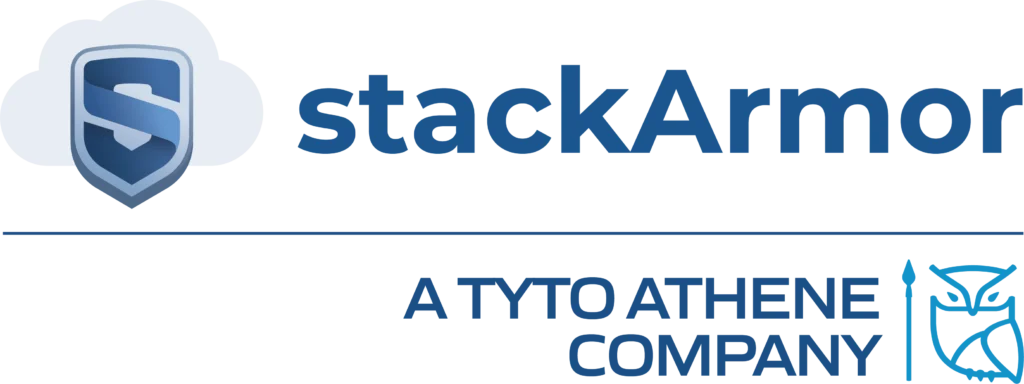Before Pursuing FedRAMP Certification
There is an explosion of information out there on Federal Risk and Authorization Management Program (FedRAMP) timelines and authorization processes which can be overwhelming to sort through, adding unnecessary confusion to an already complex process. Many of the discussions around steps to FedRAMP Authorization largely gloss over one of the most important phases of a FedRAMP journey – the planning, analysis and preparation phase that precedes deployment and assessment. 1 – Planning for pursuit of a FedRAMP Authorization A FedRAMP journey has organization-wide impacts including but not limited to, technical implications, impacts to existing DevOps and DevSecOps programs; configuration management and versioning processes; employee security awareness and training; and even hiring guidelines – since most agencies have strict U.S. citizenship requirements for Cloud Service Provider (CSP) operators. Understanding why a cloud service offering (CSO) needs FedRAMP, how a FedRAMP Authorization works into broader company objectives, and what it will take
